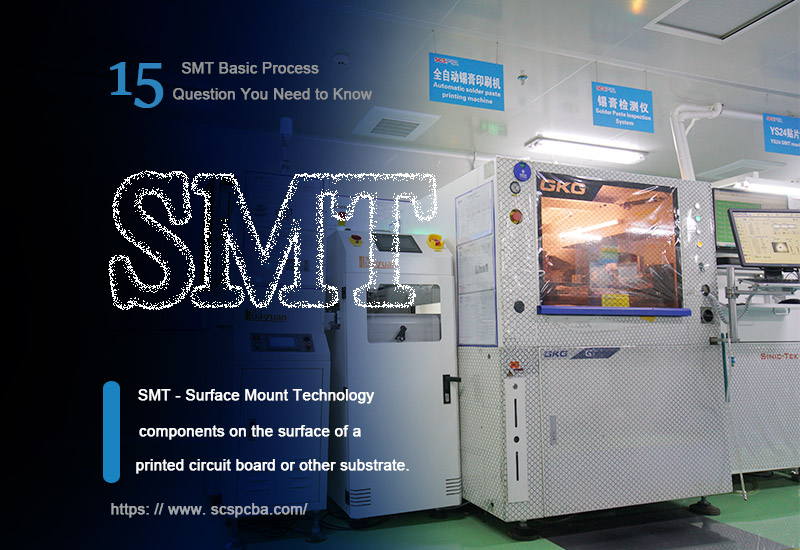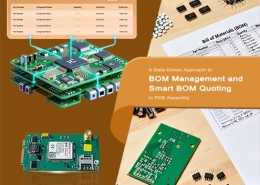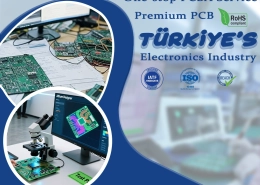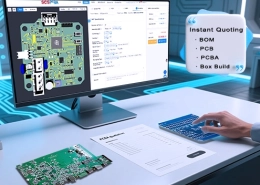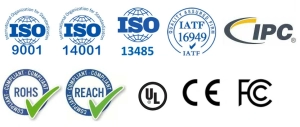SMT Basic Process , 15 Question You Need to Know
Electronic products are everywhere, from the smartphones and tablets we use daily to the precision instruments in industrial control and automotive electronics, all composed of numerous electronic components. Surface mount technology (SMT), as the mainstream process of modern electronic manufacturing, enables electronic components to be integrated on circuit boards in a smaller size, higher density and more efficient way—15 questions to help you learn more about SMT.
1. Definition of SMT
SMT, the full name of which is Surface Mount Technology, is a circuit assembly technology that mounts pinless or short-lead surface-mount components on the surface of a printed circuit board (PCB) or other substrate.
2. What are the Characteristics of SMT?
SMT technology has the characteristics of high assembly density, small size and light weight of electronic products. SMT allows smaller component size and tighter layout, and more components can be placed on the same circuit board area, thereby increasing the functional density of the circuit.
SMT components (surface mount components, SMD) are generally smaller and lighter than traditional through-hole components, which helps reduce the overall product’s weight and is particularly suitable for portable and compact devices.
3. SMT Workshop Environmental Requirements
It is usually required to be between 20°C and 26°C, with an optimal temperature of 24°C. Too high or too low a temperature will affect the welding quality and equipment stability.
4. Humidity Requirements for SMT Workshops
Generally, the relative humidity is required to be between 40% and 60%, and the optimal humidity is 50%. Too high humidity may cause solder oxidation, while too low humidity may generate static electricity and affect electronic components.
5. Fully Automated Production of SMT
Most SMT production lines can achieve fully automated production, significantly improving production efficiency, reducing production costs, and reducing the possibility of human errors.
6. SMT Workshop Cleanliness Standards
SMT workshops need to maintain a high degree of cleanliness to prevent dust and other pollutants from entering the production environment, which may affect the welding quality. Usually, it is necessary to maintain a cleanliness standard of 10,000 or higher (ie ISO 7 or higher).
7. SMT Workshop Lighting Requirements
The workshop lighting should be uniform and bright to avoid shadows and reflections. The illumination is usually required to be between 800 and 1200 lux to ensure that the operator can observe the components and welding quality.
8. Commonly Used Materials in SMT Process
Including solder paste, solder paste (flux), patch glue, printed circuit board, surface mount components
9. Solder Paste Ingredients
Solder paste is a paste-like substance made by mixing metal alloy powder and flux (soldering flux).
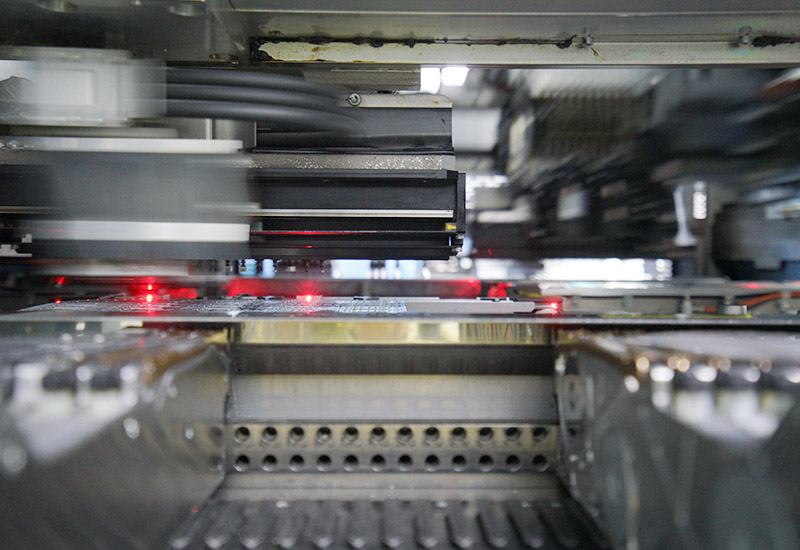
10. Composition of Flux
Flux is usually composed of rosin (or resin), activator, solvent and other additives;
Rosin (resin): used to remove oxides on the metal surface and enhance wettability.
Activator: improves wettability and helps solder paste flow and adhere better during soldering.
Solvent: maintains the viscosity and fluidity of solder paste for easy printing and coating.
Additives: such as preservatives, stabilizers, etc., used to improve the storage life and performance of solder paste.
11. What is the Role of Flux in Welding?
The main role of flux is to remove oxides, destroy the surface tension of molten tin, and prevent re-oxidation.
12. What are the Categories of Components Commonly Used in SMT Technology?
Common components are divided into passive components (such as resistors, capacitors, inductors, etc.) and active components (such as transistors, ICs, etc.).
13. How to Deal with the Problem of Insufficient Solder Paste in SMT Processing?
Check whether the pressure of the solder paste dispenser is normal and adjust it to the appropriate pressure.
Check the speed of the scraper to ensure that it can ensure sufficient solder paste and avoid too much solder paste being dispensed on the PCB.
Confirm that the size and thickness of the printed circuit board are correct so that the solder paste dispenser can accurately dispense solder paste.
Replace with good quality solder paste to avoid problems caused by poor solder paste quality.
14. Possible Causes and Solutions for Poor Soldering in SMT Processing?
Possible causes: welding temperature is too high or too low, welding time is too long or too short, welding machine performance is unstable, solder paste quality is poor or insufficient.
Solution: Adjust the welding temperature to the appropriate range, adjust the welding time to meet the requirements, ensure the stable performance of the welding machine and perform regular maintenance, and use good quality and sufficient solder paste.
15. How to Prevent Component Loss in SMT Processing?
Keep the placement machine in good working condition and perform regular maintenance.
Optimize the design of the printed circuit board to meet the placement needs of various components.
Improve the skill level of operators and strengthen the training and management of SMT processing personnel.
Strengthen the management of the production process to ensure that each link is strictly implemented in accordance with regulations.

